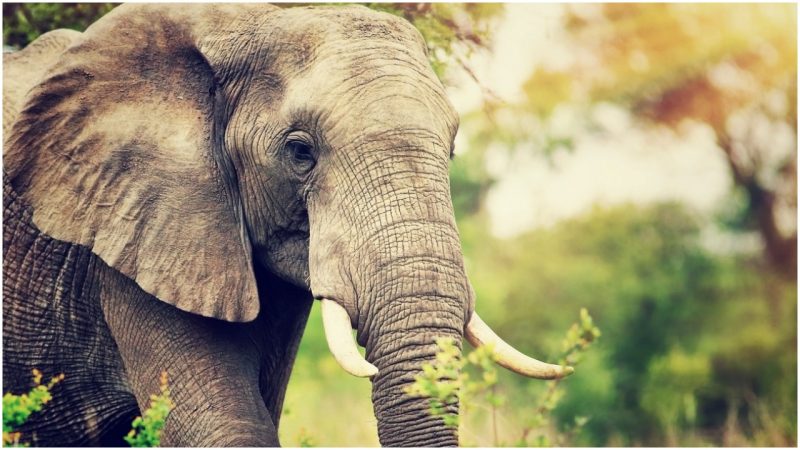For centuries elephants have been the stars of traveling circuses, offering spectacles that enthralled the crowds. Sadly, it was often at the expense of the elephants’ welfare.
The history of the use of these astonishingly intelligent creatures for entertainment purposes has provoked protests from numerous animal welfare groups and activists, and thanks to their dedicated opposition, public opinion has changed significantly.
Last year America’s best-known circus, Ringling Bros. and Barnum & Bailey Circus, finally put an end to its elephant acts, retiring their 11 famous circus elephants to the company’s 200-acre elephant sanctuary in Florida.
It was far different a century ago. While World War I raged, traveling circuses were one of the few sources of special entertainment to Americans, introducing them to the world of magic and natural wonders.
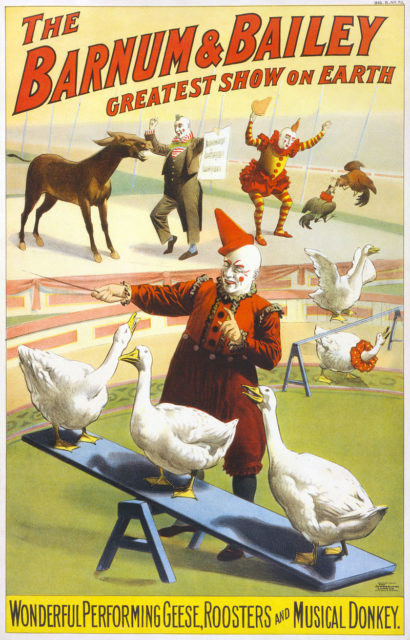
In the years before TV began to capture the imagination, countless circuses traveled from one town to another all over the U.S., becoming a cherished family event. The 1916 tragedy of a 10,000 pound (five ton) elephant named Mary cast a dark and ugly shadow on the big top.
Sparks World Famous Shows traveling circus was just one of the many circuses of those days, but the “spectacle” they offered to the citizens of a small town in Tennessee had certainly never been seen before.
Watch what this adorable elephant does when she sees her rescuer in “trouble”
The elephant known as Big Mary traveled with Sparks World Famous Shows, tirelessly entertaining children and adults alike across the country. However, her days as a star of the show ended when she killed a trainer in Kingsport, Tennessee, and was condemned to death by hanging in nearby Erwin.
The facts of the 1916 story vary, mostly because they have been obscured by time and because people tend to change some parts of it in the retelling, but the underlying bizarreness of the story remains intact.
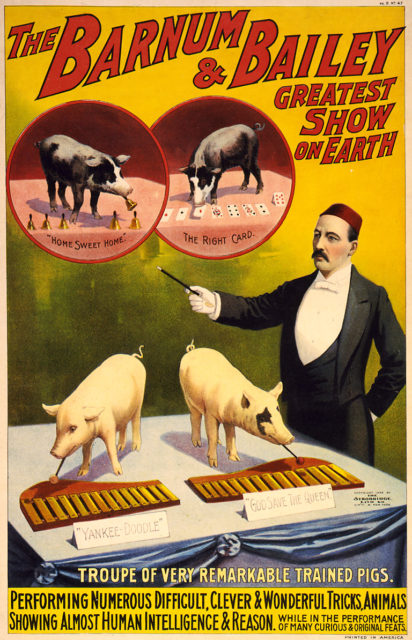
Big Mary had been an integral part of the Sparks World Famous Shows for a long period. She drew spectators wherever they performed. The intelligent giant showcased many different talents, including playing musical instruments with her trunk and catching baseballs. There is no doubt that she could continue entertaining crowds for years to come, but fate had other plans for her.
Things might have turned out very differently if only the inexperienced handler, Walter Eldridge–employed just a day before Mary killed him–had treated her with a little patience and care. Contrary to this, Eldridge, who rode the elephant during the parade down the main street in the town of Kingsport, jabbed her with a bullhook. She had stopped after seeing a watermelon on the side of the road and tried to reach it with her trunk. Jabbing her was a bad decision for Eldridge, who was hurled down on the ground in a matter of seconds, and Big Mary stomped on his head, killing him. Eyewitness accounts differ. According to the Daily Mail, one of the people who witnessed the tragic event recalled that “blood and brains and stuff just squirted all over the street.”
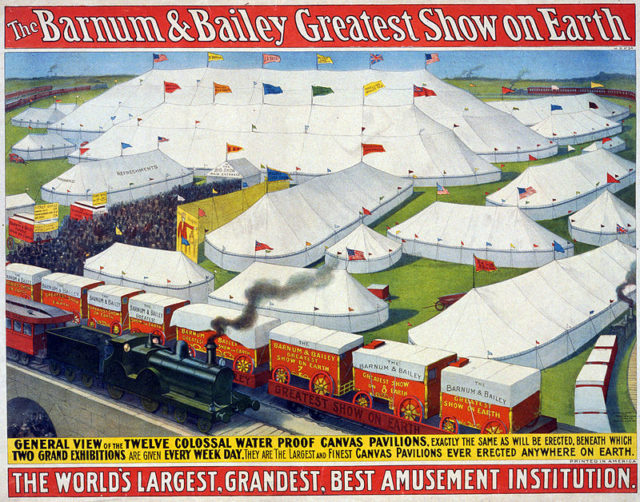
The crowds of people gathered on the streets of Kingsport ran for their lives, fearing that Big Mary might try to kill more people. According to one account, someone even tried to fire shots at her, but there was no bullet big enough to kill Big Mary. The circus owner, Sparks, went to calm her and he succeeded after some time, but what he couldn’t calm was the crowd, who demanded the elephant be killed as soon as possible.
They chained her near the county jail while trying to come up with the way to execute the elephant. People sought justice for what Big Mary did, and there was nothing that Charlie Sparks could do to save her. He knew that the incident was bad for the reputation of his circus, and in an attempt to save his business, he came up with the idea of making a show out of Big Mary’s execution.
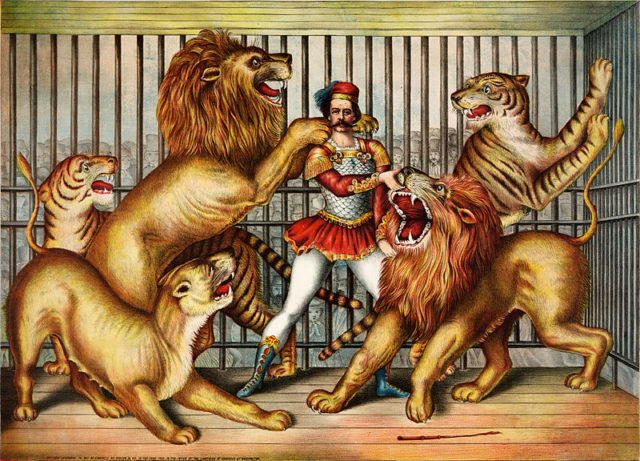
Several options were proposed, including dismembering her alive by using two trains that would set off in opposite directions, but Sparks himself decided to hang her from a 200,000 pound (100 ton) crane in the town of Edwin, about 40 miles from Kingsport.
According to some accounts, there were about 5,000 spectators present at the railroad yard where the execution was about to begin. However, killing Big Mary proved to be extremely difficult as the chain broke and she fell to the ground, reportedly breaking her hip. Poor Mary was lifted again and remained up there for half an hour before a veterinarian declared her dead.
Read another story from us: These photos document the performers of the traveling circus c.1910-1911
No one knows for sure where Big Mary is buried. What is known is that there are similar stories to this tragedy of the elephant, and that leave us depressed about the state of humanity.
